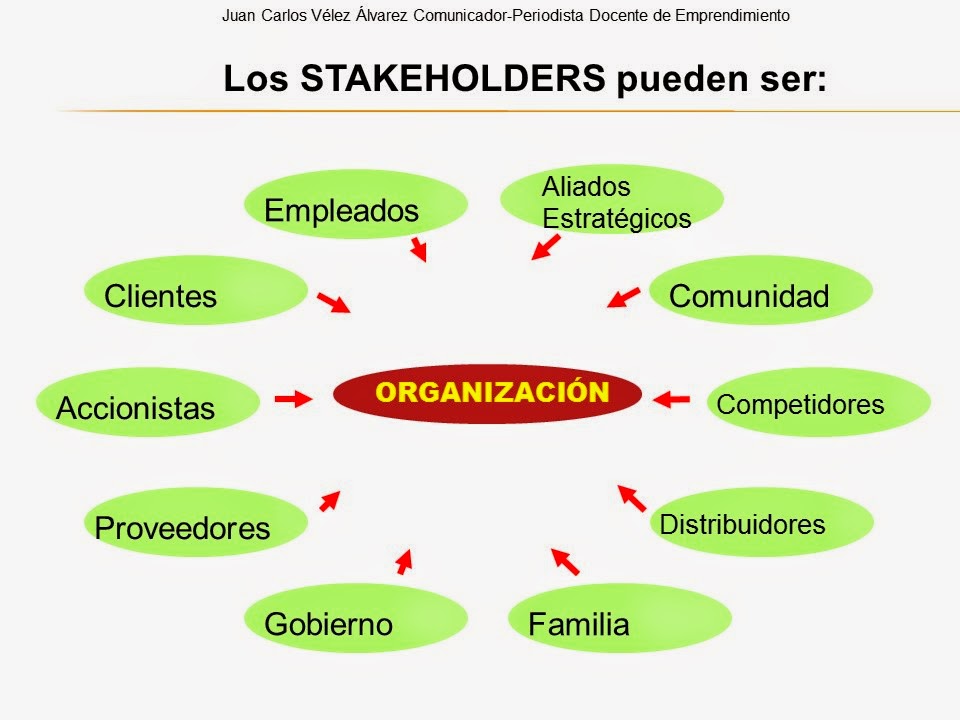

I haven't personally written quaternion camera code (yet!) but I'm sure the internet contains many examples and longer explanations you can work from.Axeso5 es la primera plataforma de juegos online masivos multijugador de América latina, 100% en idioma español gratuitos. It is very common for general purpose game engines to use quaternions for describing objects' rotations.

Zula has an unbreakable code of honor, never lying or cheating, that forces players to play their part.

The gamer is forced to choose between two drastically opposed sides.

Its set in exotic places like Istanbul, northern Iraq, and Paris. ZMR ZMR es un juego de combate en tercera persona -TPS- en el cual se puede crear tu personaje entre mltiples opciones de personalizacin. Como todos los juegos de Axeso5, Karos puede descargarse de manera totalmente gratuita (Free-to-Play). Quaternions are used somewhat like rotation matrices, but have fewer components you'll multiply quaternions by quaternions to apply player input, and convert quaternions to matrices to render with. Zula is free to play first person shooter game available on the internet. Karos convoca hoyen da a la mas activa comunidad de RPG de Latinoamerica. Instead, you should represent your camera/player orientation as a quaternion, a mathematical structure that is good for representing arbitrary rotations. However, this approach (“Euler angles”) is both tricky to compute with and has numerical stability issues (“gimbal lock”). The minimal solution to this is to add a roll component to your camera state. As a consequence, no matter how you implement the controls, you will find that in some orientations the camera rolls strangely, because the effect of trying to do the math with this information is that every frame the roll is picked/reconstructed based on the pitch and yaw. Two numbers can represent a look-direction vector but they cannot represent the third component of camera orientation, called roll (rotation about the “depth” axis of the screen). The problem is that two numbers, pitch and yaw, provide insufficient degrees of freedom to represent consistent free rotation behavior in space without any “horizon”.


 0 kommentar(er)
0 kommentar(er)
